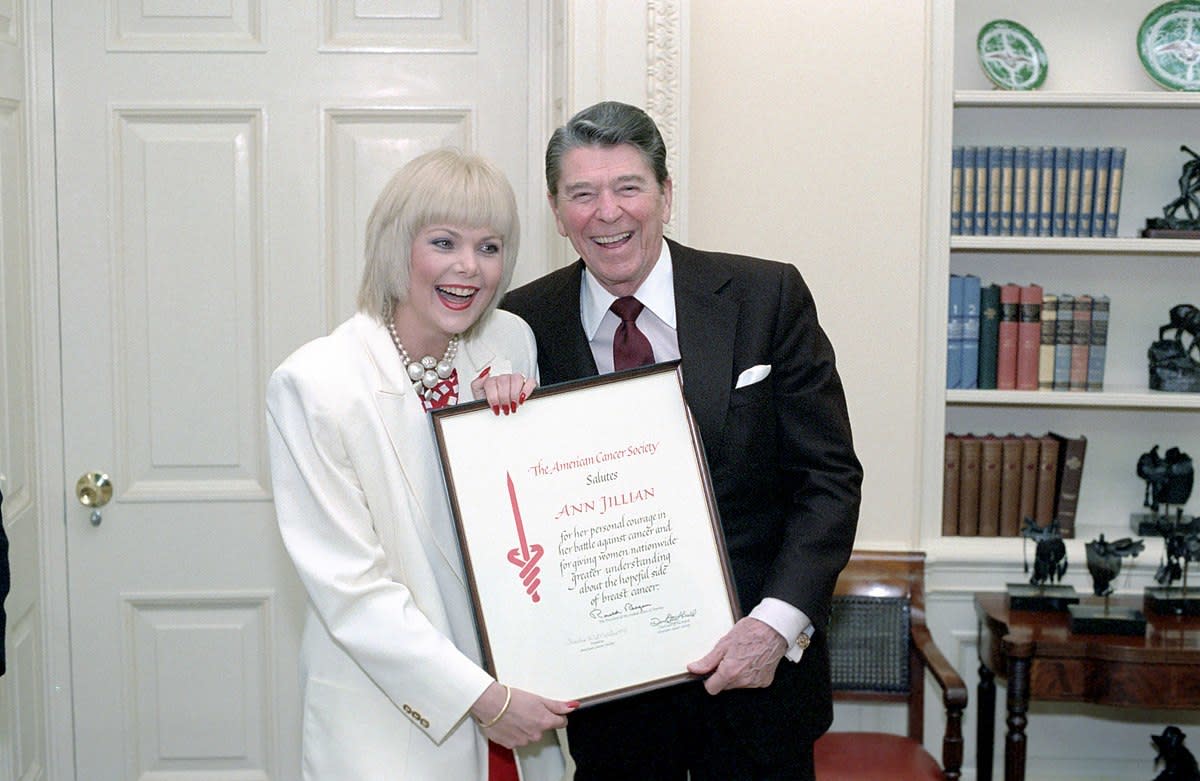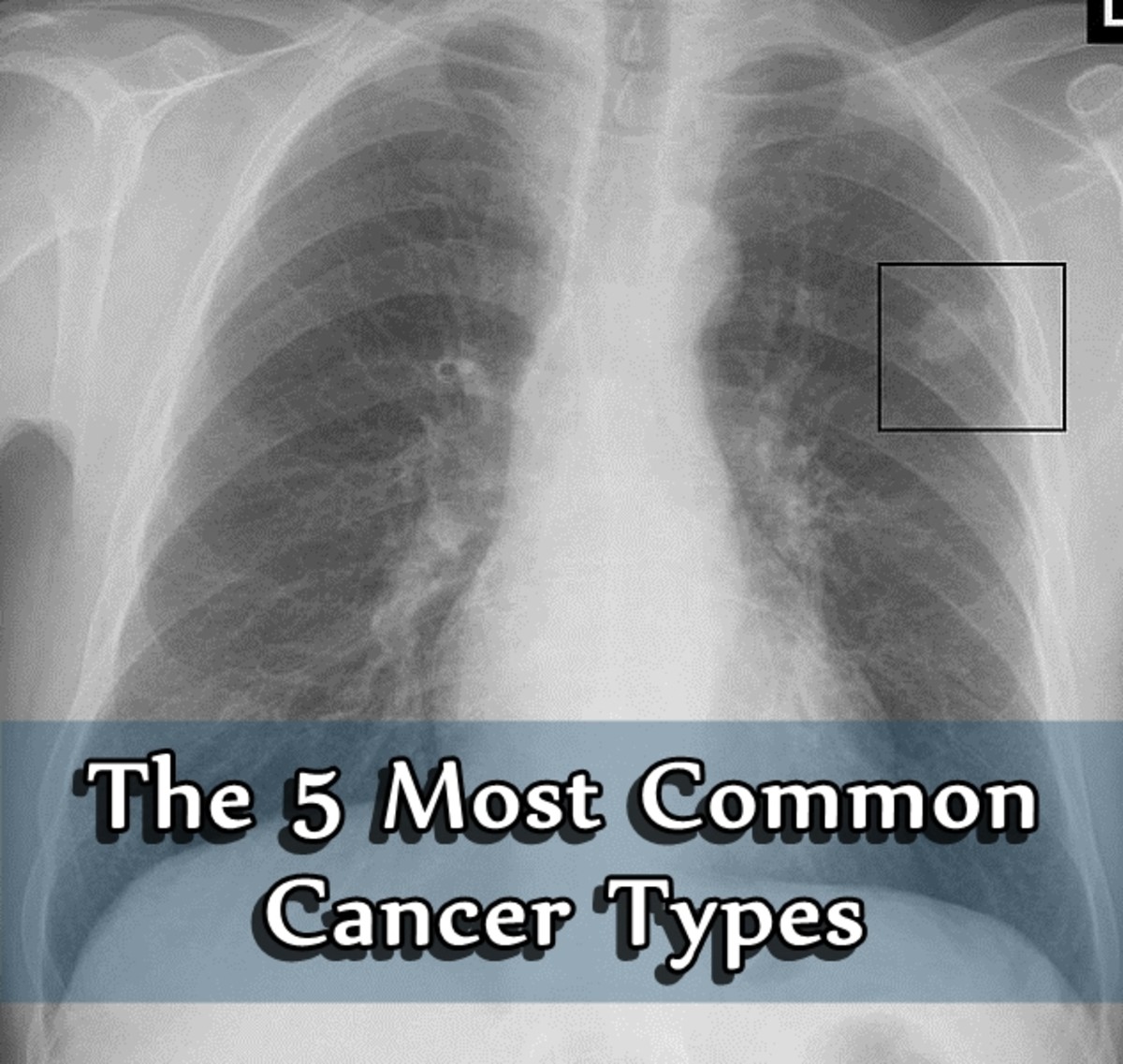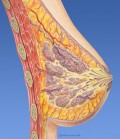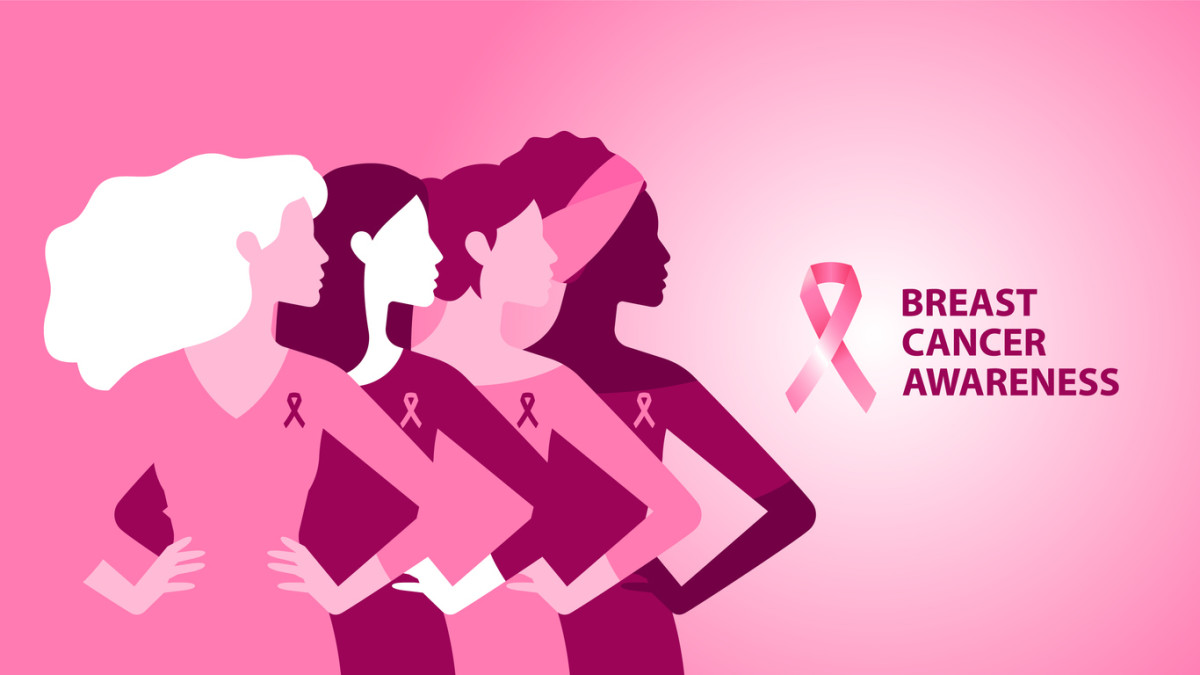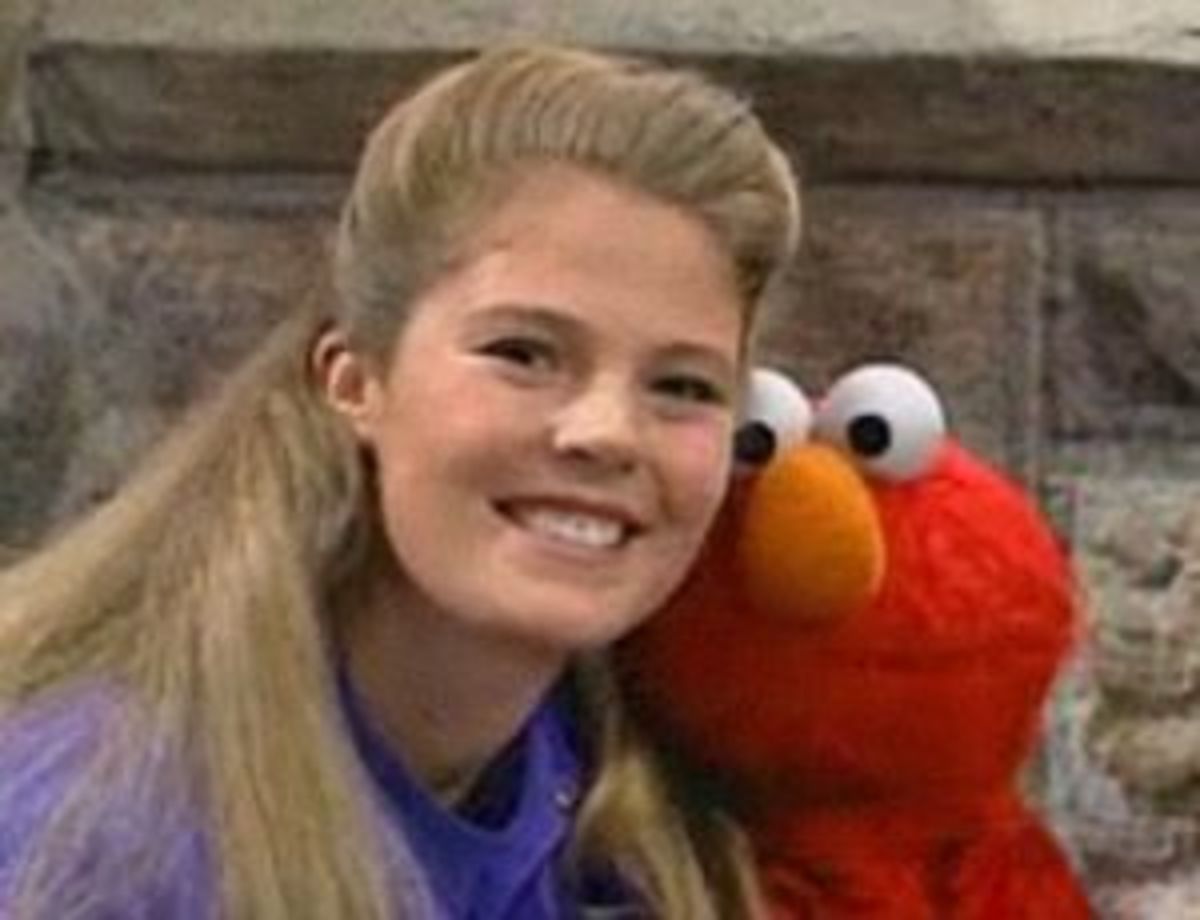New Options for Breast Cancer
Kylie Minogue came back from cancer with a 20-show tour

Staying Abreast – New Options For Breast Cancer
Question: What do Belinda Emmett, Kylie Minogue and 32 other Australian women have in common?
Answer: On 11 November 2007, these women’s lives were changed forever by breast cancer.
On that fateful day Belinda succumbed to cancer, Kylie re-entered the spotlight in spectacular style, and an average of 32 women in Australia began their journey with the disease.
If you are fortunate enough not to know anyone with breast cancer, well, buy a lotto ticket. Statistics show that one in eight women will be diagnosed with breast cancer by the age of 85 and in 2004 (the last available national figures) a total of 2,641 women died from breast cancer in Australia.
But enough of the doom and gloom. The National Breast Cancer Centre (NBCC) says there is hope.
According to their website, “women whose cancer is still contained in the breast when diagnosed have a 90 percent chance of surviving five years, compared with a 20 percent survival chance when the cancer has spread at diagnosis.”
The key to survival in this statement is that the diagnosis takes place at an early stage – while the cancer is still confined to the breast. Time and time again, industry experts agree with this.
“Early detection is the best defence against breast cancer,” says Nikki Thompson, Program Manager for the Breast Cancer Foundation of Western Australia (BCFWA).
As such, the BCFWA is writing an education package – an Australian first – for Year 10-12 girls to help young women recognise and act on anything they might find out of the ordinary.
“Although the majority of women diagnosed are in an older age group, education can never come too early. Our young people need to be informed of the importance of being breast aware,” she says.
Early Detection
A survey of 3000 women by the NBCC found that 37 percent of women who noticed a breast change did not consult a doctor within one month of the change occurring. More alarmingly, nearly a quarter of the women did not consult a healthcare provider at all.
Lara Standen, Marketing Manager for BCFWA, says there are a variety of reasons why women might delay in seeking professional advice on breast changes.
“Sometimes women think, ‘oh, it’s probably nothing,’” she says. “Others are scared of what they might be told, while the majority (I believe) are simply too busy with their day-to-day lives and put off visiting their GP due to time constraints.”
Mid-life women are the most likely age group to seek a consultation, according to the NBCC’s survey.
“Whatever the age, the education kit we’re developing is designed to ensure that women understand that if detected early, breast cancer can be treated effectively,” says Lara.
Early Detection Poll
Have you had a breast check?
Getting Tested
There is a joke that circulates by email that having a mammogram is like putting your breast under a car tyre and reversing over the top of it.
It is not just because mammograms can be intimidating that researchers are finding alternative ways to monitor breast changes. A report in The Journal of Complementary Medicine explains how X-Rays can cause cancer. The report indicates that around 700 cases of cancer per year in the UK could be “attributable to diagnostic X-rays.”
One innovative research program currently underway thanks to a National Breast Cancer Foundation (NBCF) grant of $99,411 over two years, is the development of breath testing apparatus.
The program is being led by Professor Christobel Saunders, a leading Australian cancer researcher and surgeon, who came up with the idea in order to offer a less invasive, less expensive screening procedure.
“A sample of human breath contains more than 2000 different volatile organic compounds or VOCs,” she says.
“Studies have found that in women with breast cancer these VOCs are significantly and specifically altered providing a ‘marker’ which can indicate the presence, and also importantly the lack of, breast cancer in patients.”
Professor Saunders claims the breath test will be as equally sensitive and specific as mammography, currently the most common form of breast cancer screening.
“Considering some of the downsides of mammograms, including the pain and discomfort experienced by a few patients … which can result in needless anxiety and biopsies,” she says, “this device has the potential to be used in conjunction with existing screening procedures increasing the accuracy of diagnosis.”
Jo Firth is the CEO of Breast Check in Perth, Western Australia, who says the quiet revolution in the screening process is that of monitoring breast health by looking for signs of metabolic activity. One of the emerging technologies is ‘Electrical impedance scanning’ which maps the local electrical impedance properties of breast tissue using micro-electric current flowing through biological tissue. When the current encounters resistance (impedance) the extent is measured.
“There is a growing body of evidence that indicates that differences in impedance between normal and malignant tissue can be observed,” she says.
‘Thermal radiometry’ is another technology that measures electromagnetic radiation from a patient’s internal tissue at microwave frequencies. When compared to other cancers, breast tumours have more electrical properties at microwave frequencies that are significantly different than those of healthy breast tissue.
“The intensity of radiation is proportional to the temperature of tissue,” explains Jo. “It is thought that specific heat generation in a tumour is proportional to the grow rate of a tumour. So fast growing tumours are ’hotter‘ and have a higher contrast in temperature. Thus microwave radiometry is a suitable method to detect fast growing tumours.”
Jo says there is also research that has shown that infrared thermography is a reliable predictor for those who may be at a greater risk of developing breast cancer.
“By measuring the infrared energy naturally emitted by your body, potential regions of interest can be identified,” she says.
The essential message keeps recurring - “early detection of abnormal activity offers the greatest number of options for management.”
Jonna's Body, Please Hold
Treatment Options
Early detection is all very well and good, and the next step should be to consult with your GP and then oncologist to determine what is best for you.
However, “reactions to being told ‘you have breast cancer’ vary a lot between women,” says Lara from BCFWA.
“The best thing a woman can do is seek advice and explore the options available to her. Listen to what her body tells her and do what is right for her. Breast cancer is a very individual journey.”
In Lara’s experience women benefit from complementary therapies to help manage side-effects in their post surgery stage of treatment.
These treatments are not in lieu of mainstream medical treatments, but can be used in conjunction with them to manage symptoms.
“We have a healing room at the BCFWA, where women can take time out of their busy lives (as some women do try and carry on at the same pace as before surgery) where reiki treatments, pranic healing, lymphatic drainage massage and other therapies are available free-of-charge.”
According to the NBCC’s website, www.breasthealth.com.au, treatment options for breast cancer vary depending on the stage of cancer, and each woman’s unique situation.
There are benefits and side effects for treatments ranging from breast conserving surgery followed by radiotherapy, to the more drastic mastectomy. Apart from surgery, radiotherapy or drug treatments are other options offered to women by their treatment team.
These options, such as drug treatment, (usually carried out after a lumpectomy or mastectomy and involving chemotherapy, hormone treatment or antibody treatment), employ the “cut, burn and poison” approach to get rid of the tumour, but the mortality rates for cancer remain high.
Dr Ian Gawler, Founder and Therapeutic Director of The Gawler Foundation, suggests, “the benefits of chemotherapy (that is, extending disease-free time, extending life, alleviating symptoms and genuine cure), need to be weighed against the costs – side effects including physical, emotional and mental symptoms.”
In a presentation given by Dr Gawler at the Australasian Integrative Medicine Association’s Annual Conference in New Zealand in 2006, he cited a study by Morgan et al that looked at 22 types of cancer in adults including bowel, lung, breast and prostate.
The study, which excluded those cancers with high cure rates, found that the overall benefit of having chemotherapy showed an increase in five-year survival of 2.3 percent in Australia and 2.1 percent in the U.S.
Further in 1998 in Australia, of the 10,661 women who were newly diagnosed with breast cancer, 4638 women were considered eligible for chemotherapy. Of these, only 164 (3.5 percent) actually gained some survival benefit from chemotherapy.
Perhaps this is why there is a gradual shift towards the adoption of alternative therapies to assist with the side-effects of the more evidence-based and effective treatment options.
The Cedars-Sinai hospital in California is one institution where medical oncologists advise breast cancer patients on alternative therapies options in conjunction with other treatments with the goal of providing a holistic approach to overall care and treatment.
Acupuncture is one therapy that is used to balance and restore the body’s natural energy flow, as well as to relieve nausea and fatigue caused by chemotherapy. They also offer counselling on lifestyle, diet and activity to help maintain wellness.
A good diet can help prevent many modern diseases
Beautiful Healing Mantra to Reduce Stress and Induce Bliss

Prevention Options
Diet
If you think an apple a day is enough to keep the doctor away, think bigger. The Cancer Council Australia (CCA) says around 11 percent of cancers are directly attributable to an inadequate intake of fruit and vegetables – that’s an estimated 6000 deaths from cancer per year.
As if that’s not enough food for thought, according to a 2003 report from the World Health Organisation, diet is a primary focus (second only to tobacco), as a preventable cause of cancer.
With consumption of a wide variety of vegetables and fruit being important to cancer prevention, it is recommended that we have at least five serves of vegetables and two of fruit each day.
Suggested foods to pile on your plate include strawberries, raspberries and blueberries for their powerful antioxidants; vegetables such as broccoli and cabbage (thought to contain compounds that block the production of carcinogens); garlic, leeks and onions for their properties that make it easier for the body to excrete cancer cells; tomatoes and green leafy vegies that contain free-radical fighting carotenoids; wholegrains, soy products, legumes, nuts and seeds.
Lifestyle
If you’ve ever been jet-lagged you know what a battle it is to function normally. According to The Journal of Complementary Medicine there is “increasing evidence that points to a role for circadian-rhythm dysfunction and cancer genesis.”
But a lack of melatonin (a regulator of circadian rhythm), is not the only lifestyle issue when it comes to cancer.
The CCA claims that at least one in three cancer cases are preventable, and it is as simple as choosing a smarter lifestyle to halve the number of deaths to cancer.
They attribute more than 15,500 cancer deaths each year to “smoking, sun exposure, poor diet, alcohol, inadequate exercise or being overweight.”
Move In Social Circles
Support and social interaction is priceless for women undergoing breast cancer treatment. The Journal of Complementary Medicine, for example, reports that in a study of 86 women with metastatic breast cancer, those who participated in a weekly group-therapy session and undertook hypnosis for pain “survived a statistically significant 18 months longer” than those who received standard therapy alone.
You only need to google “cancer support” and you get about 1,150,000 results (and that’s just in Australia). These might not all link to support services, but it shows the degree to which support is valued at a personal level.
Positive Thinking
In the 1960s a campaigner for global peace, Norman Cousins, followed a regimen of high doses of Vitamin C and of positive emotions including daily doses of belly laughter to combat a life-threatening collagen disease. He chronicled his recovery and subsequently laughter therapy began to be used in the battle against illness. It is thought the increase in endorphins, oxygen and serotonin improves the immune function, the cell function and therefore impacts positively in reducing tumour sizes.
Brandon Bays is another survivor of cancer thanks to a quick response to her diagnosis using a simple neuro-linguistic mind-body healing process.
Her belief is that illnesses such as cancer are physical manifestations of thoughts, therefore the cure must come from the thoughts and the energy that created them.
In Brandon’s case, even though her method is not supported by research literature, she was successful in healing a basketball-sized tumour within six weeks thanks to sending loving thoughts to her past, along with cranial-visceral and therapeutic massage therapy, colon therapy, meditation, and a strict fresh-fruit-and-raw-vegetable diet.
Shivani Goodman also subscribes to the Psychoneuroimmunology (PNI) school of thought.
“Broken down into its parts, the thoughts (psycho) affect the nervous system (neuro) and then affect the immune system (immunology),” she says.
In other words, “our emotional and mental states have the potential to weaken or activate the immune system against disease.”
In fact, her nine-step program begins with “making a decision to be well,” and goes on to promote the value of healing emotional pain, toxic attitudes, and using spiritual energy to enhance healing.
Post-Treatment Recovery
Recovery is very much a part of the breast cancer battle, as Kylie Minogue told the UK based television station, GMTV, in July last year.
“I've never been in this situation before where I have to start from the beginning. I don't have strength, I don't have stamina, I don't have everything that I took for granted before. So really I've got a mountain to climb but I don't fancy hanging around at the bottom of the mountain,” she said.
Like Kylie, many women experience a feeling of being “at the bottom of the mountain.”
Exercise is one strategy that has been shown to improve quality of life following diagnosis and treatment, according to an Associate Professor at the University of Queensland, Elizabeth Eakin.
“We are starting a program, in conjunction with colleagues at the Queensland University of Technology in the School of Public Health, to see just how important exercise is from six weeks after surgery,” she explains..
While there are many support services for women in the cities, Elizabeth’s concern is for the women in remote and rural areas.
“We have successfully gained funding from the NBCF to trial a project using the telephone to promote exercise-based rehabilitation in rural and remote breast cancer survivors,” she says.
The goal of the project is to assist women to return to their normal daily lives following treatment, and to reduce breast cancer-related complications.
“If the trial works, we hope to see the program being taken up as part of usual care for women with breast cancer. (Of course, this depends on who is making the decisions about how healthcare dollars are spent).”
Where To Next?
In the meantime, until researchers find a cure that is absolutely safe and fail proof, it comes back to early detection and education as our major defence.
For this reason, Nikki Thompson is writing her education package with the view to reducing mortality rates via early detection. As with every battle against disease, time is of the essence.
“We hope to get our education package into Western Australian schools,” says her colleague, Lara.
The package includes activities such as real-life stories by survivors, discussion groups, visual displays on breast changes, and demonstrations for self-checks.
“The success of the program will be measured by teacher and student feedback,” says Lara. “If we’re successful, and if we can get adequate funding, we hope to make it part of the national curriculum.”
References
http://nbcc.org.au/
May/June Vol 5, No 3, Berrington de Gonzalez A, Darby S. Risk of cancer from diagnostic X-rays: estimates for the UK and 14 other countries. Lancet. 2004 Jan 31;363 (9406): 345-51
May/June Vol 5, No 3
www.cancer.org.au/lifestyle
May/June Vol 5, No 3
Anatomy of an Illness as Perceived by the Patient: Reflections on Healing and Regeneration, published in 1979
Bayes, B. The Journey, Random House
Goodman, S: 9 Steps for Reversing or Preventing Cancer and Other Diseases, New Page Books
xi Gawler, I. “Is palliative treatment terminal? A challenging examination of the integrated approach to cancer treatment”, AIMA Holistic Healthcare Perspectives, June 2006

